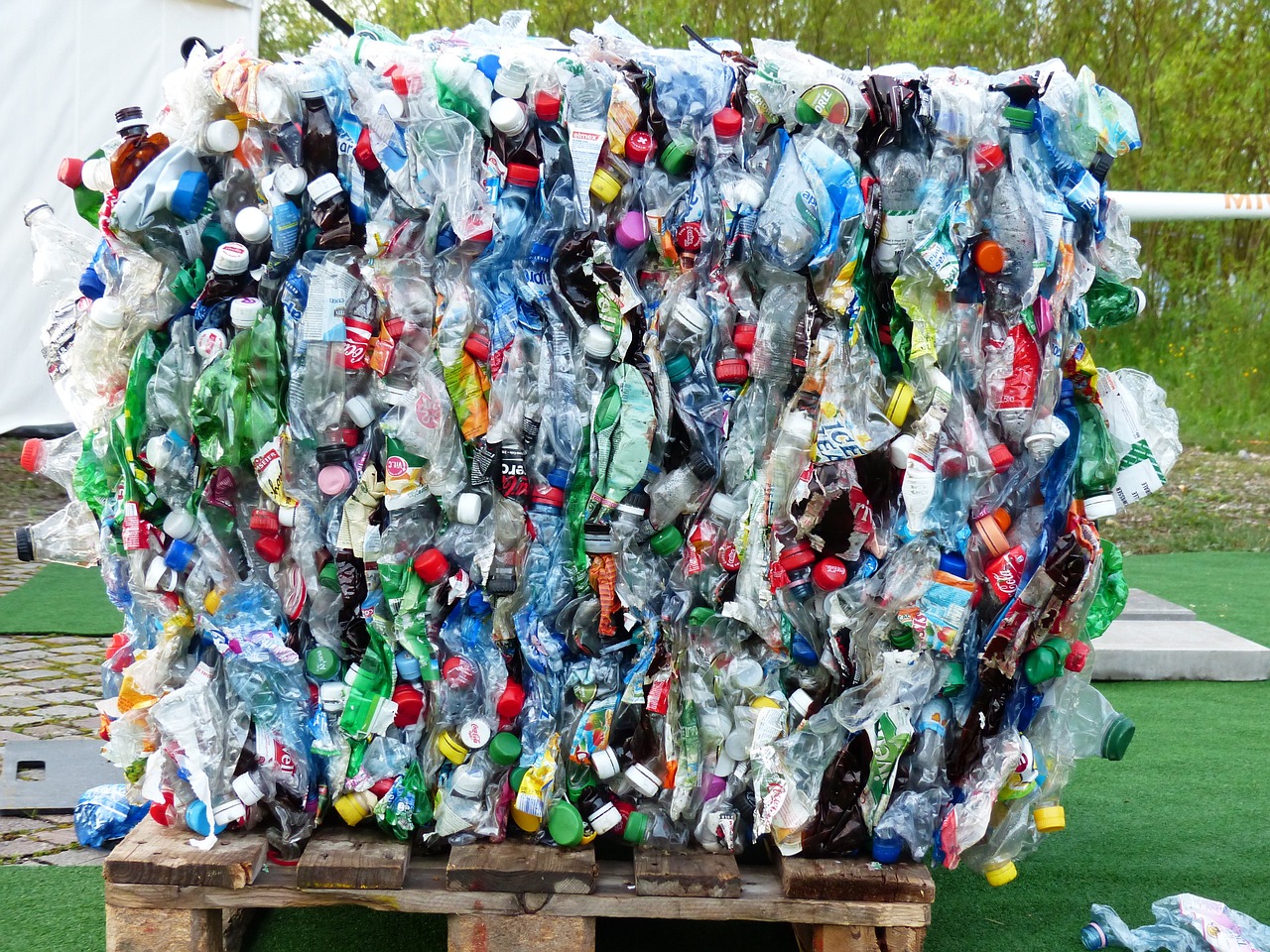
Plastic recycling has emerged as a critical focus in India’s journey towards environmental sustainability. As rapid urbanization and industrial growth intensify, India faces significant challenges in managing plastic waste. However, the country is taking bold steps to reduce and recycle plastic waste, contributing to a burgeoning recycling ecosystem. This article provides a comprehensive overview of the plastic recycling industry in India, focusing on plastic consumption, waste generation, existing challenges, and innovative solutions.
Overview of Plastic Consumption in India
Over the past few decades, plastic consumption in India has risen dramatically, driven by sectors such as packaging (24%), infrastructure (16%), and agriculture (15%). This growth is fueled by the “Make in India” initiative and overall economic expansion. Despite this increase, India’s per capita plastic consumption remains relatively low, at approximately 11 kg per person, compared to 109 kg per capita in the United States. This disparity presents both a challenge and an opportunity for growth in India’s plastic consumption and recycling capacity.
As plastic demand continues to grow, India has ambitious plans to manage plastic waste effectively and expand its recycling capabilities.
Plastic Waste Generation and Recycling Rates
India generates about 15,300 metric tons of plastic waste daily, equating to roughly 6 kg per capita annually. While 60% of this waste is collected, the remaining 40% often ends up in the environment, contributing to pollution. Non-recyclable plastics, which account for about 20% of the total waste, include complex materials like multilayered plastics and synthetic fibers. The composition of plastic waste in India is predominantly PET, LDPE, and HDPE, which play a crucial role in recycling processes.
India currently recycles approximately 60% of its plastic waste, a significant figure compared to other regions. For instance, the United States recycles only 23% of its plastic waste, Europe 42%, and China 22%. This relatively high recycling rate in India demonstrates the country’s commitment to improving its recycling capacity despite ongoing challenges.
Key Issues in Plastic Waste Management
While India’s plastic recycling industry has made progress, several challenges hinder its full potential:
- Collection Infrastructure and Segregation: Inadequate waste collection, especially in rural and peri-urban areas, leads to poor segregation of plastic waste, complicating the recycling process.
- Low Recycling Rates in Certain Categories: Although PET has a high recycling rate of 90%, other materials like multilayered plastics and non-PET items are difficult to recycle.
- Quality of Recycled Plastics: The quality of products made from recycled plastics often does not match that of virgin plastics, posing a challenge for industries like FMCG, which require high standards of safety and aesthetics.
- Health and Environmental Hazards: Obsolete practices in the informal recycling sector release toxic chemicals into the air, posing occupational safety risks and environmental hazards.
Addressing Key Challenges
Despite these challenges, innovation and government initiatives are helping to overcome some of the major barriers in the recycling industry. The Government of India has implemented policies such as Extended Producer Responsibility (EPR), which holds manufacturers accountable for the plastic products they produce, from the post-consumer stage through recycling. EPR mandates that manufacturers either recycle the plastic they produce or finance the recycling process through certified recyclers.
India is also adopting advanced recycling methodologies, including mechanical recycling, chemical recycling, and waste-to-energy or waste to resources conversion. Mechanical recycling, which involves collecting, sorting, cleaning, melting, and fabricating plastics into new products, is the most prevalent method in India.
Packaging Waste and Its Consequences
Packaging waste constitutes 40% of the total plastic waste generated in India, with single-use plastic carry bags, food packaging, and multilayered packaging materials being the most problematic. These materials are often difficult to recycle due to the complex separation of layers and polymers.
While PET packaging materials have achieved a 90% recycling rate, non-PET materials have significantly lower recycling rates, ranging from 5% to 45%. This disparity highlights the need for focused innovation to improve the recyclability of non-PET plastics.
Value Addition in Recycled Plastics within India
India’s recycling industry is rapidly developing, with significant progress in creating value-added products from recycled plastic materials. Examples include PET bottles, plastic woven sacks, battery cases, and milk pouches. The informal recycling sector plays a vital role in transforming these materials into valuable products. However, challenges remain in ensuring consistent quality and traceability of recycled materials.
To address these challenges, initiatives like Banyan Nation are setting new standards for the industry. Banyan Nation develops traceable, human-contact-safe recycled plastics, pioneering bottle-to-bottle recycling and producing RPE and RPP resins with consistent technical specifications, color, and odor. These efforts represent a promising future for plastic recycling in India, particularly in ensuring that recycled plastics meet stringent safety and quality requirements for FMCG packaging.
Conclusion
India’s plastic recycling industry is gaining momentum through promising innovations, government support, and increased public awareness. However, significant obstacles remain, particularly in the areas of waste collection, segregation, and the quality of recycled materials. As India’s economy continues to grow, the need for effective waste management solutions becomes increasingly urgent.
Pioneers like Banyan Nation are leading the way in creating a circular economy for plastics in India, showcasing the potential for recycled materials to meet high standards of safety and quality. As the industry evolves, these efforts will be crucial in addressing the challenges of plastic waste management and promoting sustainability in India.
